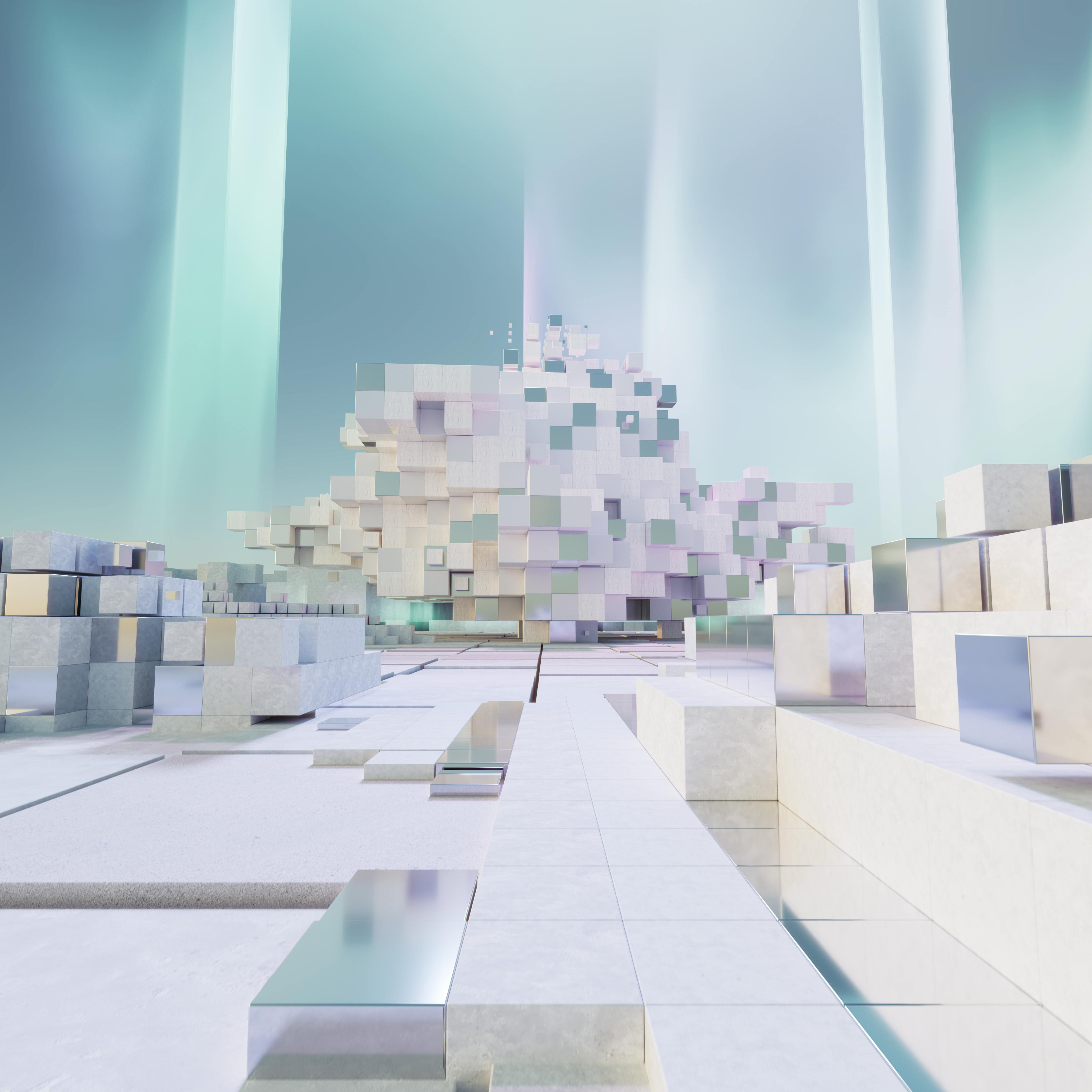Synthetic Data Improves Personalized Text-to-Image Generation

Top post
Personalized Image Generation: Synthetic Data for Customized Text-to-Image Models
The rapid development of text-to-image models has achieved impressive progress in recent years. Images can now be generated from purely textual descriptions, opening up undreamt-of possibilities in areas such as design, art, and marketing. A key aspect for the practical application of this technology is personalization. Users want the ability to insert their own concepts into the models and depict them in different contexts. However, existing methods for personalization face challenges regarding image quality and efficiency.
Current approaches to customizing text-to-image models can be broadly divided into two categories. Firstly, there are methods based on complex optimization during image generation. While these methods deliver good results, they are computationally intensive and therefore unsuitable for many applications. Secondly, there are methods that train encoders based on individual images. However, the lack of multiple image supervision leads to limited image quality, as the models have difficulty depicting the concept in different environments and poses.
A promising approach to overcoming these limitations lies in the use of synthetic data. By combining existing text-to-image models with 3D datasets, high-quality synthetic datasets can be created, consisting of multiple images of the same object in different lighting situations, backgrounds, and poses. These synthetic datasets offer a cost-effective alternative to real datasets and enable training with multiple image supervision.
A research team recently presented a new approach based on the creation of such a synthetic dataset, the "Synthetic Customization Dataset" (SynCD). In addition to SynCD, the researchers propose a new encoder architecture based on shared attention mechanisms. This architecture allows the model to extract finer visual details from the input images and integrate them into the generated images. A further contribution of the team is a new inference technique that reduces overexposure problems during image generation by normalizing the text and image guidance vectors.
Experimental results show that the proposed model, trained on the synthetic dataset with the new encoder and inference technique, outperforms existing tuning-free methods on standard benchmarks for the personalization of text-to-image models. The combination of synthetic data, an improved encoder architecture, and an optimized inference technique enables efficient and high-quality personalization of text-to-image models. This opens up new possibilities for the application of this technology in various fields and paves the way for future research in this dynamic field.
The development of efficient and high-quality personalization methods for text-to-image models is an important step in realizing the full potential of this technology. Synthetic datasets, in combination with innovative encoder architectures and inference techniques, offer promising approaches to overcome the challenges of personalization and further improve the usability of these models.
Bibliographie: Kumari, N., Yin, X., Zhu, J.-Y., Misra, I., & Azadi, S. (2025). Generating Multi-Image Synthetic Data for Text-to-Image Customization. *arXiv preprint arXiv:2502.01720*. Kumari, N., Yin, X., Zhu, J.-Y., Misra, I., & Azadi, S. (2023). Multi-Concept Customization of Text-to-Image Diffusion. *Proceedings of the IEEE/CVF Conference on Computer Vision and Pattern Recognition*, 17048–17057. Saharia, C., Chan, W., Chang, H., Lee, C. A., Ho, J., Salimans, T., ... & Nichol, A. (2023). Photorealistic text-to-image diffusion models with deep language understanding. *Advances in Neural Information Processing Systems*, *36*. Paperswithcode. Text-to-image generation. https://paperswithcode.com/task/text-to-image-generation Lee, A. Awesome-text-to-image-studies. https://github.com/AlonzoLeeeooo/awesome-text-to-image-studies Zeng, Y., Liu, Z., Zhang, H., Pan, Y., Jiang, Y., & Han, W. (2024). JeDi: Joint-image diffusion models for finetuning-free personalized text-to-image generation. *Proceedings of the IEEE/CVF Conference on Computer Vision and Pattern Recognition*, 23732–23742. Mokady, R., Hertz, A., Aberman, K., Pritch, Y., & Cohen-Or, D. (2023). Null-text inversion for editing real images using diffusion models. *arXiv preprint arXiv:2305.18072*. Rembges, D., Paulheim, H., & Naumann, F. (2024). Deepfakes and synthetic media: A review of generative AI for media creation and modification. *Computer Networks*, *272*, 108002. Yu, J., Xu, Y., Koh, J. Y., Zhang, T., Ayan, B. K., Savarese, S., & Torralba, A. (2024). Imagine yourself: Tuning-free personalized image generation. *arXiv preprint arXiv:2403.12658*..png)


